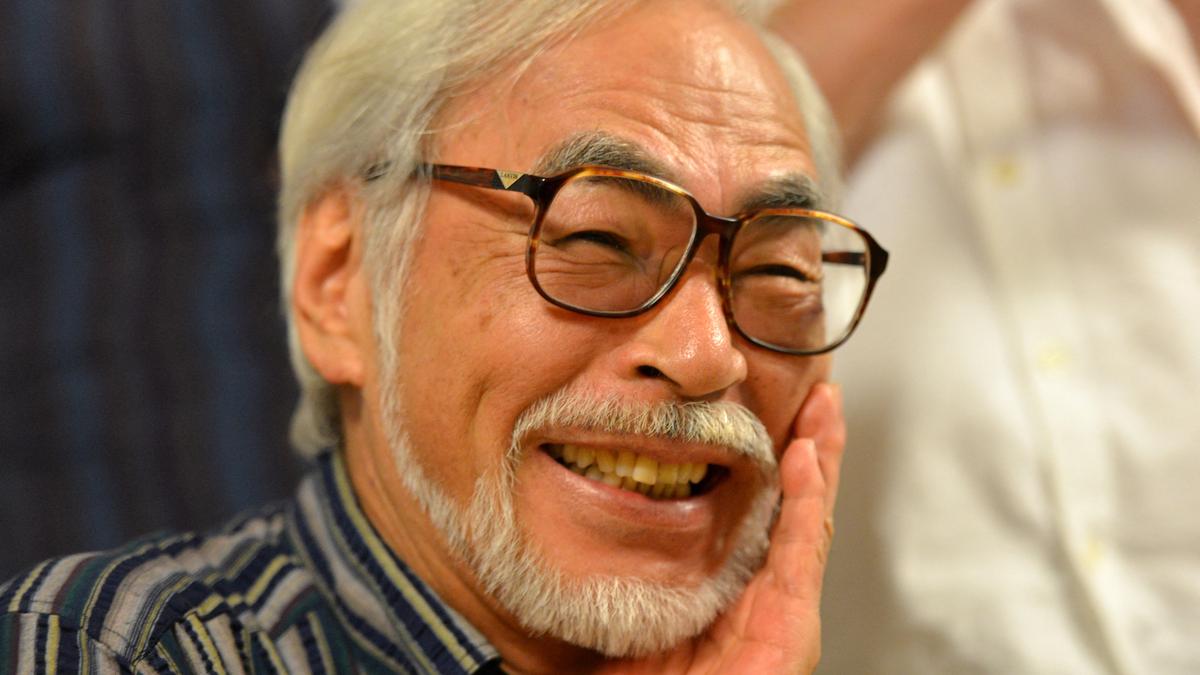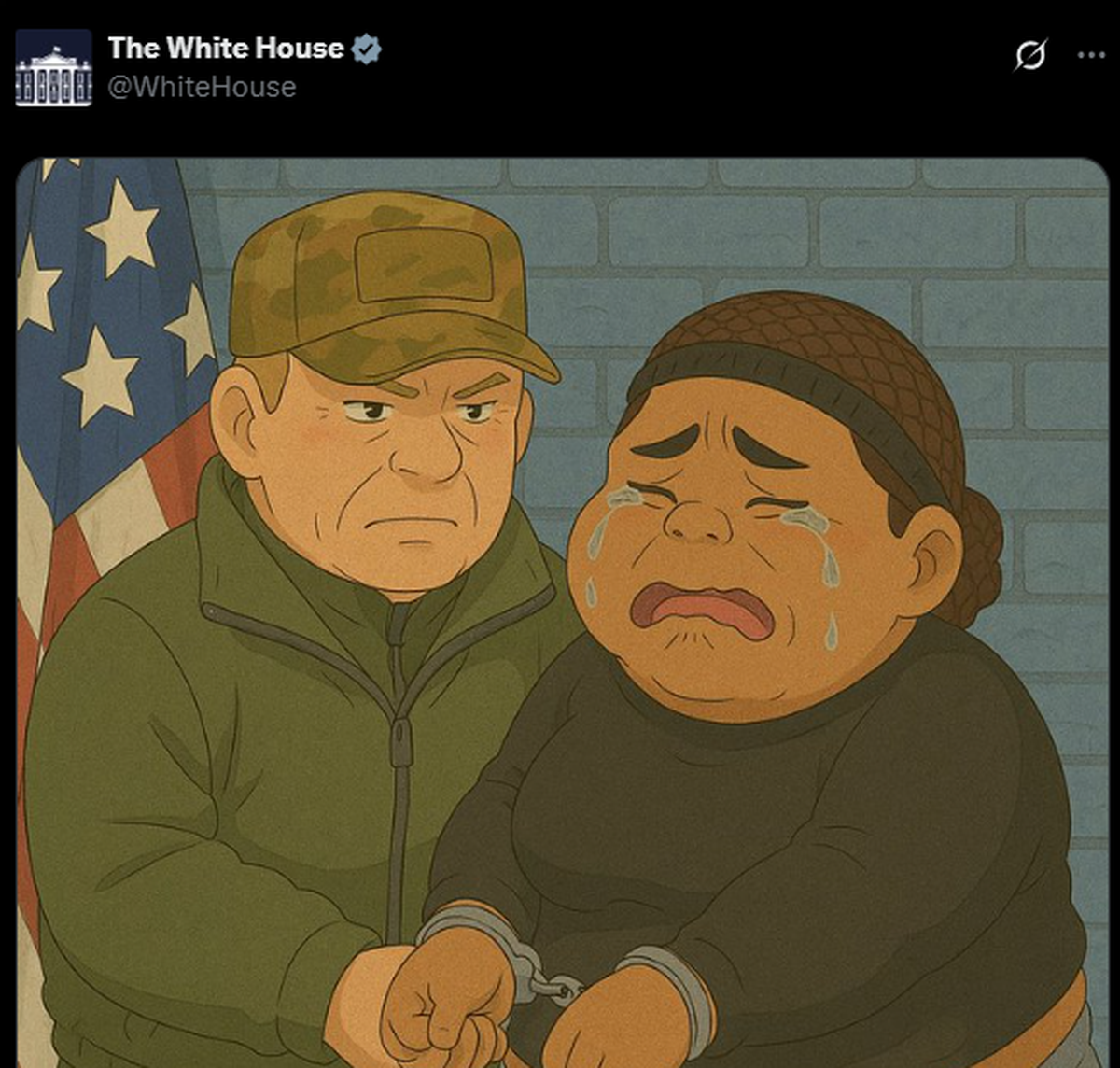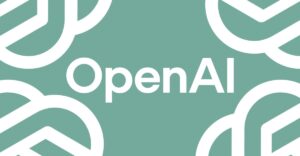Does OpenAI’s AI Image Generator in the Style of Studio Ghibli Violate Copyright Law?

The Impact of Hayao Miyazaki’s Films
A Legacy of Peace
Hayao Miyazaki, the renowned Japanese director, has created anime films that resonate deeply with audiences worldwide. His works are not just entertaining; they convey messages against war, militarism, and violence. Films like Princess Mononoke, Howl’s Moving Castle, and Castle in the Sky portray soldiers in a negative light, often depicting them as misguided or even predatory. This focus on anti-war narratives has forged a strong emotional connection with audiences, fostering a deep-rooted opposition to violence, regardless of political standing.
Controversial Images on Social Media
Recently, the Israeli Defense Forces (IDF) sparked controversy when their official account on social media platform X shared images reminiscent of Studio Ghibli’s artistic style. This posting shocked many fans familiar with Miyazaki’s anti-war messages. The images were part of a collage generated using OpenAI’s GPT-4o, which allows users to create visuals inspired by Ghibli’s iconic animation.
The IDF used Studio Ghibli’s art to promote its military. | Photo Credit: Israel Defense Forces on X
The Rise of AI in Image Generation
With the introduction of AI-image generation through ChatGPT, many users have explored creating whimsical versions of personal photos in the style of Ghibli. However, some have taken it further by reimagining serious historical events and even creating explicit content. This inappropriate use of Miyazaki’s style has raised ethical concerns, especially regarding how AI can manipulate iconic artistic forms.
Individuals have used AI to recreate scenes from tragic events, like the destruction of the Babri Masjid in India, presenting them in an anime aesthetic that contrasts sharply with the context. Such depictions have drawn criticism for trivializing violence and real-world suffering.

The White House utilized the Ghibli trend to mock an arrested individual. | Photo Credit: The US White House on X
The Ethical Dilemma
Professor David Leslie, an expert in ethics, pointed out the troubling nature of appropriating Miyazaki’s style for military propaganda. He emphasized that Miyazaki is celebrated for his pacifist views, and using his art to promote war contradicts the very essence of his work. The situation raises complex ethical questions about the ownership of artistic styles in the age of AI.
Leslie also mentioned that OpenAI’s transparency regarding its data collection is crucial for understanding the potential misuse of artistic styles like that of Studio Ghibli. Discussions around copyright and fair use are ongoing, as the lines blur between inspiration and theft in the digital space.
Legal Perspectives on Artistic Ownership
Geoffrey McGovern, an intellectual property expert, explained that while specific works are protected by copyright, general ideas and styles, like that of Studio Ghibli, are not. This distinction means that AI-generated images imitating Ghibli’s style do not legally infringe upon copyright, creating a grey area in the art world.
The ongoing case of Andersen v. Stability AI Ltd. highlights the legal complexities surrounding whether AI image generation infringes on the copyrights of artists whose styles are being mimicked.
Authentic Artistic Expression
In a contrasting narrative, some artists are producing works inspired by Studio Ghibli without the use of AI. For example, The Glassworker, directed by Usman Riaz, is Pakistan’s first hand-drawn animated feature, showcasing the labor and dedication behind traditional animation.
Unlike AI-generated art, which is quickly assembled, The Glassworker reflects years of intricate craftsmanship and pays homage to Miyazaki’s emphasis on anti-war themes.
An example of heartfelt artistry that stays true to the essence of traditional animation.
Protecting Artists in the Age of AI
As artists face increasing challenges against the backdrop of AI-generated artworks, there are discussions about how to safeguard creative rights. Tori Noble from the Electronic Frontier Foundation highlights that U.S. courts have yet to resolve whether AI-generated images are a violation of copyright.
Many artists now consider strategic ways to protect their work from being used in AI training, including implementing access limitations on online portfolios and using tools that distort their art to prevent unauthorized scraping.
The Future of Artistic Integrity
Issues surrounding the misuse of AI in the creative arts prompt a broader dialogue about the viability of artistic careers in the face of technological advancements. While the allure of AI tools grows, the essence of human creativity continues to stand out as essential in art. Artists and legal experts alike stress the need for systems that prioritize the interests and livelihoods of creators over corporate profit.






